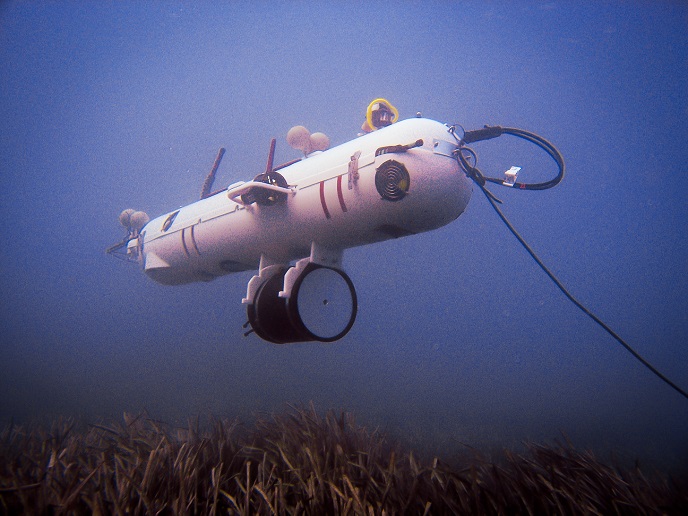Novel sensors for monitoring radiotherapy in real-time
Radiotherapy, delivered as an external beam of radiation or administered locally via injection of miniature radioactive 'seeds', damages the genetic material of target tissue so that tumour cells can no longer divide and multiply. Unfortunately, such damage is also incurred by healthy cells in the area. Accurate monitoring of the radiation dose is critical to minimising generalised tissue damage. With EU funding of the project 'Plastic optical fibre gamma radiation dosimeter' (POFGARD), scientists developed a plastic optical fibre sensor with a radiation-sensitive tip that fluoresces upon exposure to ionising radiation. The signal propagates along the 19-metre–long fibre to a spectrometer and computer where it is analysed. The monitoring electronics are isolated from the radiation and use of plastic materials supports simultaneous magnetic resonance imaging (MRI). The dosimeter was successfully tested at the Galway Clinic in Ireland and at the University of California, Los Angeles (UCLA) in the United States. It demonstrated excellent response to a variety of exposure conditions as well as repeatability and stability of measurements. Thus, POFGARD technology is suitable for real-time radiation monitoring during radiotherapy, promising to greatly enhance the safety and efficacy of such therapy in treating cancer. In addition, its compatibility with MRI facilitates a tissue scan and therapy in the same session. POFGARD has thus facilitated delivery of important technology to increase the safety and efficacy of radiation therapy in cancer treatment







